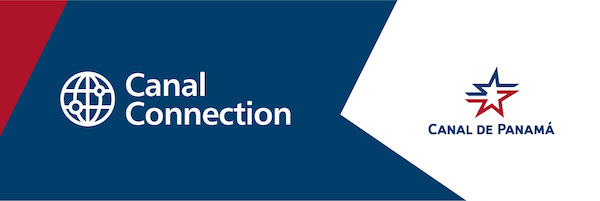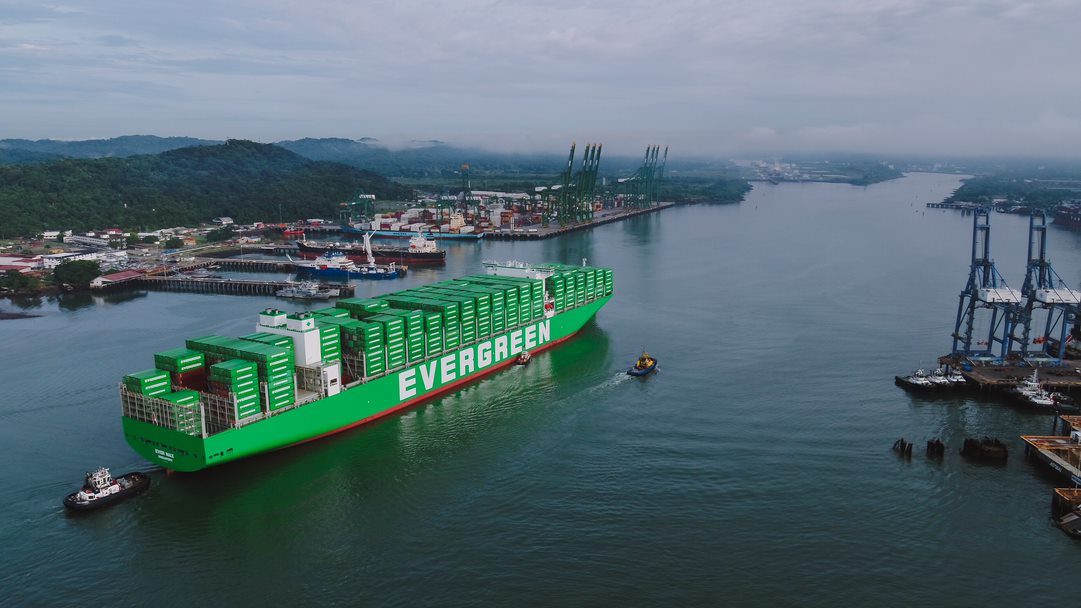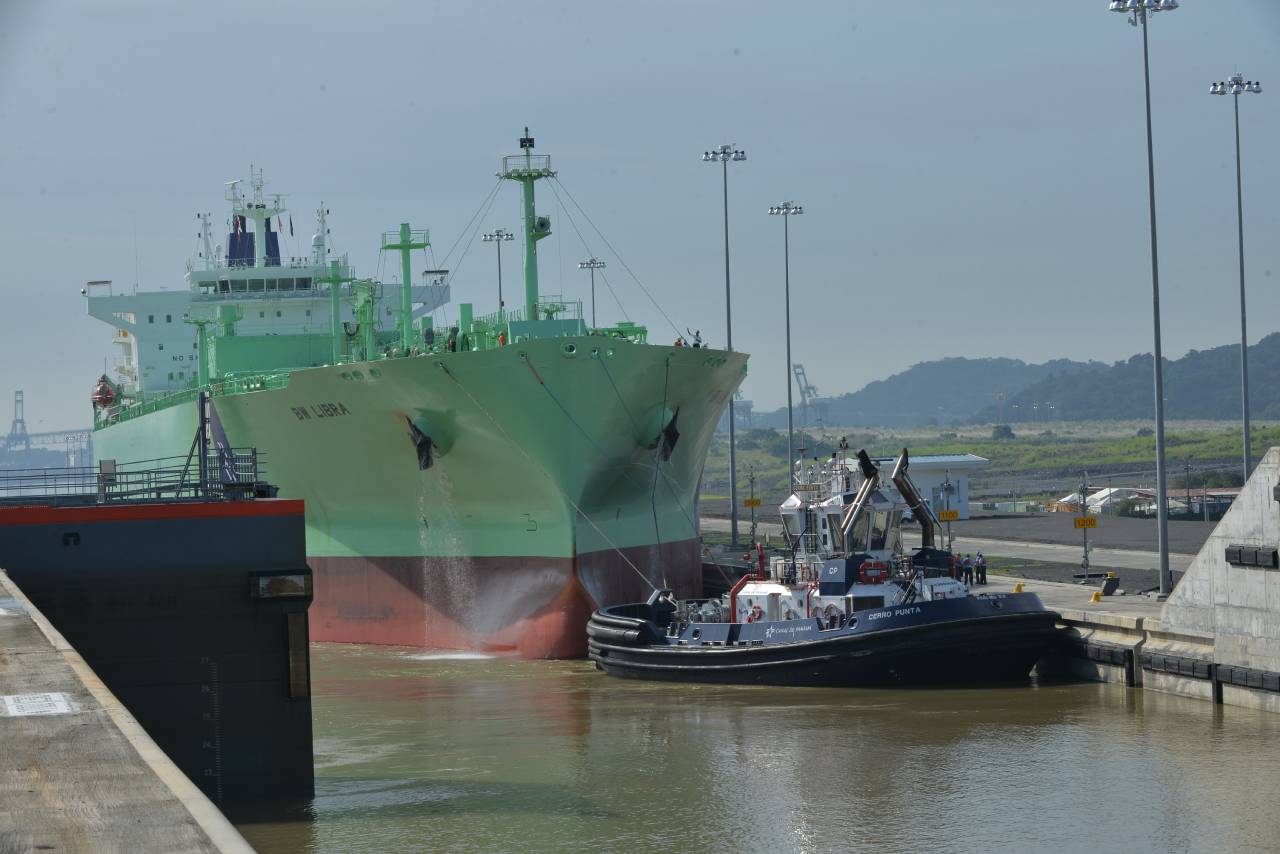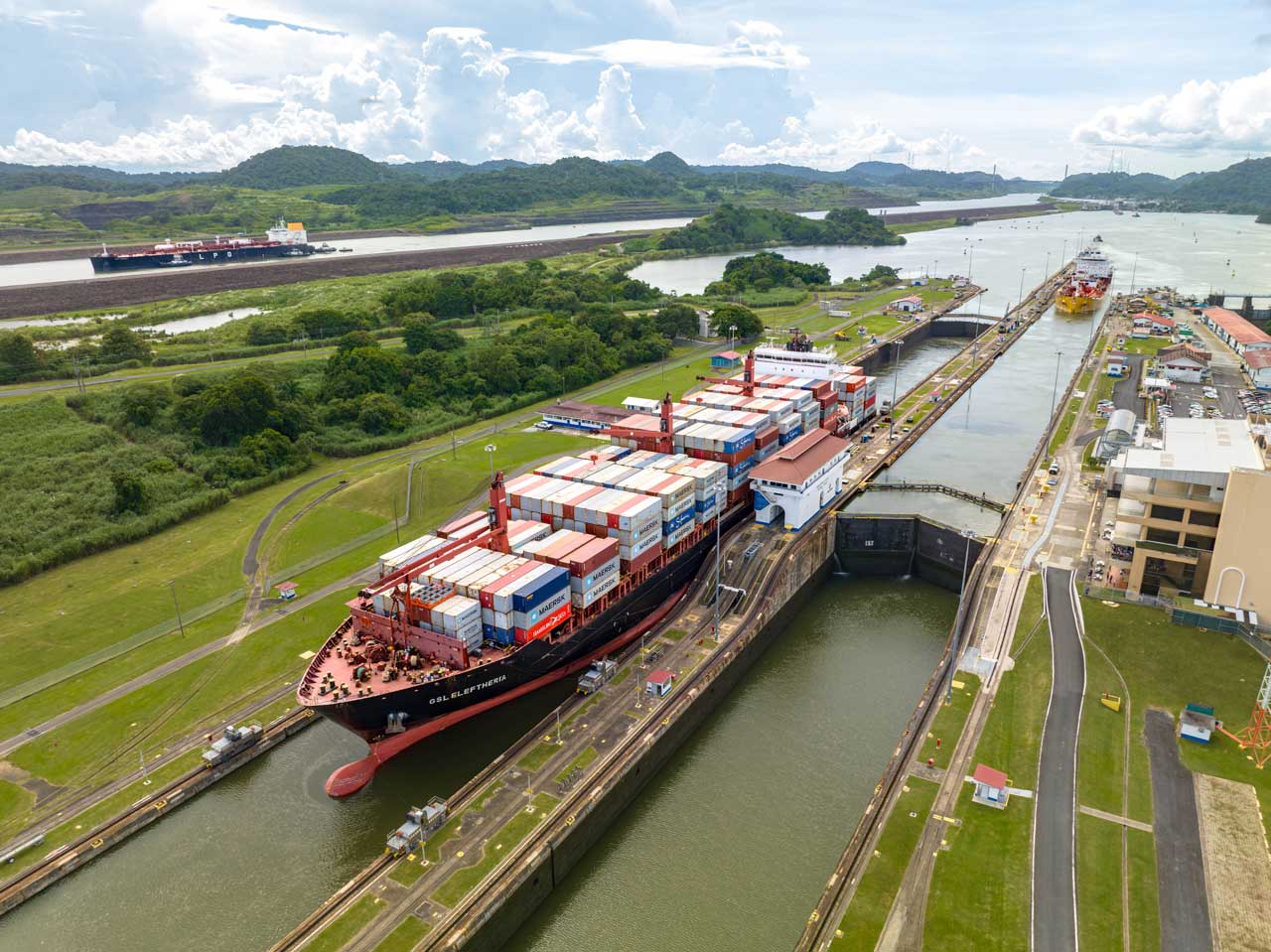Amidst current challenges, the Panama Canal is taking proactive measures to ensure its competitiveness and operational capacity for the future. Chief among these challenges is the critical issue of freshwater availability for both the population’s consumption and the transit of vessels.
During a recent presentation to local and international media, Panama Canal Administrator Ricaurte Vásquez Morales highlighted the ongoing efforts by Canal specialists to manage saltwater intrusion in the Gatun reservoir, a crucial water source for over 50% of the country’s population. This situation has been exacerbated by a prolonged dry season, leading to a scarcity of rainfall.
In response to the unpredictable weather patterns and the need to ensure reliable and sustainable service, the Panama Canal will maintain a draft of 44 feet or 13.41 meters in the coming months. This measure will be upheld unless significant changes occur in weather conditions from the current projections. Consequently, the Canal will allow an average of 32 vessels per day to transit through it during this period.
This draft adjustment is essential because changes in precipitation patterns are expected to affect water availability in Panama, reflecting a global phenomenon, and with the looming possibility of an El Niño condition before the year’s end.
Despite the draft adjustment measures, the Panama Canal remains competitive. On August 1, the container ship Ever Max, owned by Evergreen shipping company, successfully made its inaugural transit through the neopanamax locks.
The vessel, under the Singapore flag and built in 2023, boasts a length of 366 meters and a width of 51 meters, with a draft greater than 50 feet. However, due to the current weather conditions and draft limitations, the vessel had to leave part of its cargo at the Port of Balboa and then transported by land to the Colon Container Terminal. As a result, the Panama Canal incurred a loss of more than $40,000 in tolls for this transit.
The Canal’s focus on the future is not only limited to addressing current challenges but also includes proactive environmental initiatives. Efforts are being made to safeguard the water basin, preserve forest cover, and explore the possibility of developing a logistics corridor to diversify cargo handling options within the country.
Moreover, the Canal is significantly investing in enhancing its technological capabilities. Administrator Vásquez emphasized the importance of integrating vast hydro-meteorological data and analyzing it on a large scale. This data-driven approach is expected to boost the efficiency and competitiveness of the waterway.
Additionally, human resources are a crucial aspect of the Canal’s future plans. With around 2,000 employees nearing retirement, efforts are underway to recruit and train individuals with new skills to meet the evolving needs of the industry.
“We have successfully administered the Canal as Panamanians, expanded the locks, and ensured reliability. Now, in this third stage, as we shape the Canal for the future, we are keen to identify the best opportunities for Panama under the current circumstances,” said Administrator Vásquez, outlining the Canal’s visionary approach to stay relevant and successful in the years to come.

About the Panama Canal Authority (ACP)
The Panama Canal Authority (ACP) is an autonomous legal entity of the Republic of Panama in charge of the operation, administration, management, preservation, maintenance, and modernization of the Panama Canal, as well as its activities and related services, so that the Canal may operate in a safe, continuous, efficient manner. For more information, please refer to the ACP’s website: http://www.pancanal.com or follow us on Twitter @thepanamacanal.




